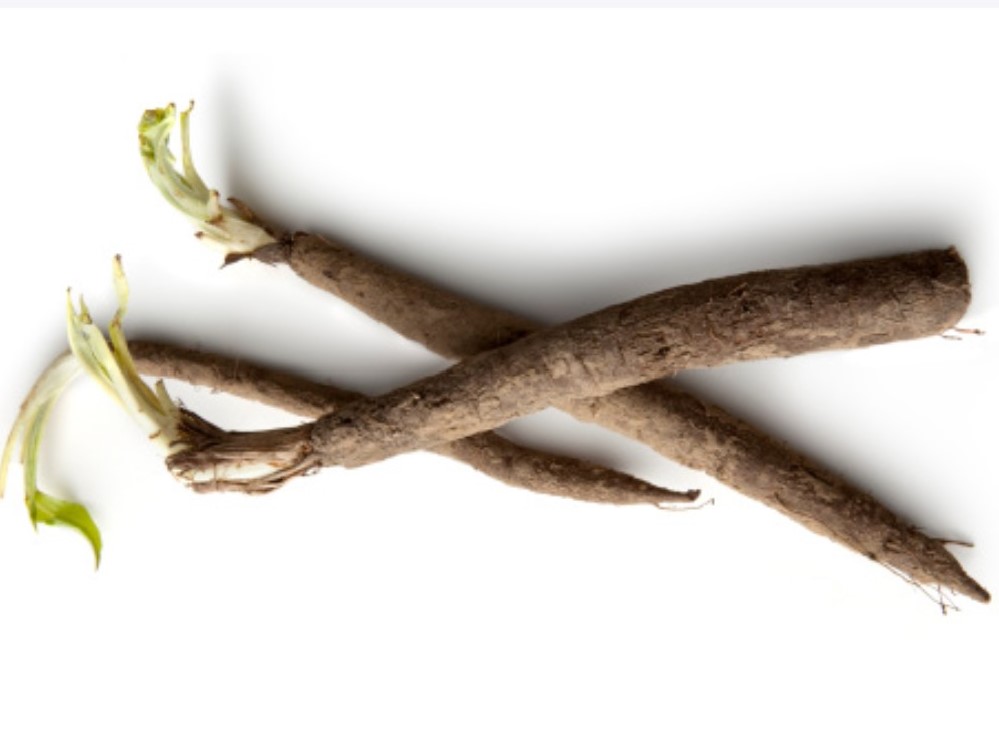How to Grow Black Salsify in Your Garden

Black salsify (Scorzonera hispanica), is also known as Spanish salsify. Black salsify is a cool season crop grown primarily for its long, brown-black roots, but its leaves can also be used as fresh greens for salads. The roots of black salsify tend to be longer, smoother, less fibrous, and of a finer texture than regular salsify. It is also more cold hardy, but requires about the same length growing period as regular salsify, which is 120 days. The cultural practices for both are also generally the same. Both have an oyster-like taste which gives them the name “oyster plant” and both are highly suitable for diabetic diets.
Black Salsify Varieties
Purchase high quality seeds from a local nursery or seed catalogs. The seeds should be sown directly into the soil in early spring so there is no need to grow transplants.
How to Grow Black Salsify
Soils
Salsify prefers deep, fine textured, welldrained soils with good water holding capacity. Work the soil 18-24 inches deep to reduce compaction so the plants can develop long, straight roots with few deformities. Plants prefer to be within a pH level of 6-8.
Soil Preparation
Before planting, determine fertilizer needs with a soil test and then follow the recommendations given with the test report. If fertilizer applications are warranted, work the fertilizer into the top 6 inches of soil. If you fertilize with compost, apply no more than 1 inch of well-composted organic matter per 100 square feet of garden area. Rocks and other large objects should be removed to reduce root deformities.
Planting and Spacing
Because salsify is a cool season crop, it needs to be sown as soon as the soil can be worked in northern areas of Utah and can be fall seeded in more mild areas of the state. Seeds should be planted about ½ inch deep in rows 10-15 inches apart with plants spaced two inches apart within the row after thinning.
Water
Salsify originated in Southern Europe so it prefers a regular supply of water, keeping the soil at a constant moisture level. Irrigate with 1-2 inches per week to maintain a moist, but not wet soil.
Fertilizer
Apply ½ cup of a nitrogen based fertilizer (21-0-0 or 34-0-0) per 25 foot of row in midsummer. Place the fertilizer to the side of the plants and irrigate it into the soil.
Problems with Growing Black Salsify
Weeds
To reduce weeds without chemicals, cultivate often when weeds are small, practice crop rotation, and mulch around plants with grass clippings, straw, or newspapers. Cultivate shallowly and avoid root pruning to ensure uninterrupted growth.
Pests, Insects and Diseases
Salsify is not susceptible to many common production problems. Rotating planting locations from year to year helps control most diseases.
| Insects | Identification | Control |
|---|---|---|
| Aphids | Green or black soft-bodied insects that feed on the underside of leaves. Insects that reduce plant yield and vigor and are especially harmful to young plants. | Use appropriate insecticides, insecticidal soaps, or strong water stream to dislodge insects. |
| Disease | Identification | Control |
| White rust | Yellow spots on upper side of leaves | Use appropriate fungicides; reduce moisture levels. |
How to Harvest and Store Black Salsify
Salsify roots are very hardy and are not damaged by freezing so roots can be dug, topped, and stored or left in the garden until needed. However, the roots get brittle when frozen so they should be handled with care. Store salsify like topped carrots.
Store roots at 32°F and 95-98% relative humidity. High humidity is important for keeping roots from shriveling. When stored correctly black salsify roots should last about six months.
Black Salsify Plant Productivity
Each plant produces one root and several leaves that are available from late fall to early spring. Plant 5- 10 feet of row per person for fresh and storage purposes.
Frequently Asked Question
Why are some of my roots splitting on my Black Salsify plant?
This is a disorder salsify commonly contracts, but the reasons for it and control are actually unknown. The best thing to do is try to reduce plant stress. There are some varieties of salsify being developed that have a higher resistance to this problem. Splitting has no effect on root taste.
Published April 2020
Utah State University Extension
Peer-reviewed fact sheet
Download PDF
Authors
Jodie M.H. Moser and Dan Drost, Vegetable Specialist
Related Research







